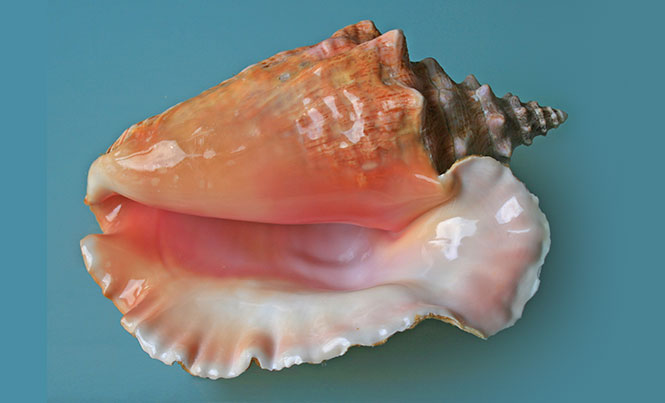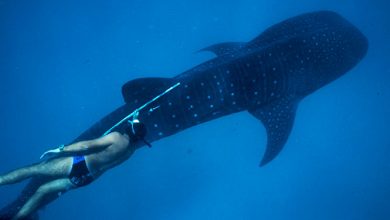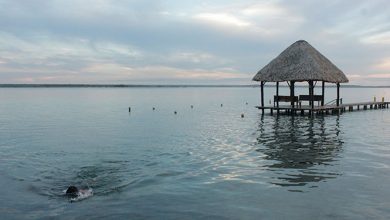Caribbean Royalty: the Queen Conch

Their slow growth and tendency to aggregate in shallow waters make them easily exploited throughout the region
The queen conch (caracol rosado in Spanish) is one of the largest mollusks occurring in the Gulf of Mexico and Caribbean Sea. It can reach up to 35 cm (13.8 in) in shell length, and it is identified by a large whorl-shaped shell with numerous spines at the top and a pink interior. They are herbivores feeding on a variety of algae. Seagrass meadows are a key habitat for juveniles to grow and for adults to live. They can live as long as 30 years and grow very slowly taking four to five years to reach sexual maturity and reproduce. They are an important prey for many charismatic species such as spotted eagle rays, marine turtles, and nurse sharks.
Their slow growth and tendency to aggregate in shallow waters make them easily exploited, and it has been one of the most important fishery resources in the Caribbean. For centuries, it has been used for food, tools, jewelry, decoration, fishing bait and musical instruments. Increased international demand resulted in overfishing and reduced stocks throughout the region. Queen conch were historically fished in the Yucatan Peninsula, such fisheries grew in the 1970s for export to the U.S.A., and the collapse of their populations across the Caribbean Sea started then. Queen conch populations in at least 15 Caribbean countries/states were overexploited by 2001. Overharvest, the harvest of juveniles, unregulated fisheries, and loss of habitat in the Caribbean and Florida has made them commercially extinct (CITES 2012
Efforts are being made to recover its damaged populations in various nations: e.g. taking queen conch is illegal in Florida and Bermuda. In Quintana Roo, its fishery/use is banned from the 21st of March to the 28th of February of 2017. From 2018 onwards, it will be in February and from May to November. However, despite the efforts this species continues to decline and it has much to do with illegal trade and the loss of key habitat such as seagrass meadows. From my personal point of view, any use of an animal that is in such a risk of extinction should be avoided, so think twice before your souvenir shopping and seafood cocktails anywhere in the Caribbean Sea.







